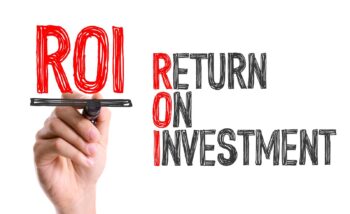Adopting new technology can significantly enhance office operations, but its true value is only realized when you evaluate its impact effectively. As an office manager, assessing how new tech influences productivity, efficiency, and overall office dynamics is crucial to ensure that the investment is delivering the desired results. Here’s how you can systematically evaluate the impact of new technology in your office.
Define Success Metrics
Start by establishing clear success metrics to measure the impact of the new technology. These metrics might include productivity levels, cost savings, time efficiency, user satisfaction, and overall performance improvements. Having specific, measurable goals allows you to evaluate whether the technology is meeting your expectations and delivering tangible benefits.
Collect Baseline Data
Before the new technology is implemented, gather baseline data on the current performance and processes. This data will serve as a benchmark against which you can compare the post-implementation results. Metrics might include the time taken to complete certain tasks, error rates, or employee feedback on existing tools. Baseline data provides a point of reference for assessing the effectiveness of the new technology.
Monitor Usage and Performance
Once the new technology is in place, closely monitor its usage and performance. Track how frequently and effectively it is being used by your team. Look for any issues or challenges that might arise and assess whether the technology is meeting its intended purpose. Monitoring performance helps identify any gaps or areas where additional support might be needed.
Gather Feedback from Users
Solicit feedback from the users of the new technology to gain insights into their experiences. Conduct surveys, hold focus groups, or schedule one-on-one meetings to understand how the technology is impacting their daily work. Feedback can reveal both positive aspects and potential areas for improvement. Engaging with users helps ensure that the technology is meeting their needs and addressing their concerns.
Assess Impact on Productivity and Efficiency
Evaluate how the new technology affects productivity and efficiency in your office. Compare the baseline data with post-implementation results to measure any improvements. Look for changes in the time required to complete tasks, the accuracy of work, and the overall speed of processes. Analyzing these factors helps determine whether the technology is delivering the intended operational benefits.
Calculate Cost vs. Benefit
Analyze the cost versus the benefits of the new technology. Consider both the initial investment and any ongoing expenses, such as maintenance or subscription fees. Weigh these costs against the improvements in productivity, efficiency, and other measurable benefits. This cost-benefit analysis helps assess whether the technology provides a good return on investment.
Review Integration and Compatibility
Assess how well the new technology integrates with existing systems and processes. Evaluate whether it complements other tools and software in your office and if it has streamlined or complicated workflows. Good integration is key to maximizing the benefits of new technology and ensuring a smooth transition.
Adjust and Optimize
Based on your evaluation, make any necessary adjustments to optimize the use of the new technology. This might involve additional training for staff, refining processes, or addressing technical issues. Continuous improvement helps ensure that the technology remains effective and beneficial over time.
Report and Document Findings
Document your findings and prepare a report on the impact of the new technology. Include insights from user feedback, performance metrics, and cost-benefit analysis. Sharing this report with relevant stakeholders provides transparency and helps inform future technology decisions.
Conclusion
Evaluating the impact of new technology is essential to ensure that it meets your office’s needs and delivers the desired benefits. By defining success metrics, collecting baseline data, monitoring usage, gathering feedback, assessing productivity and efficiency, calculating cost vs. benefit, reviewing integration, and making adjustments, you can effectively measure the impact and make informed decisions about future technology investments. Regular evaluation helps you maximize the value of new tech and ensures it continues to support your office’s goals.
